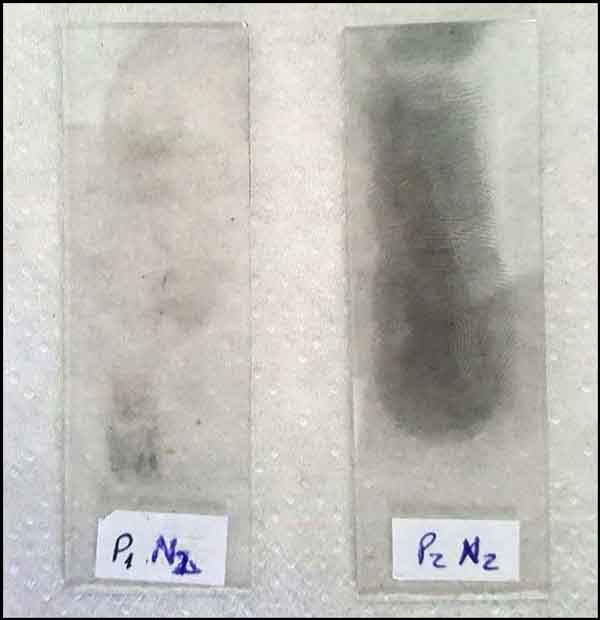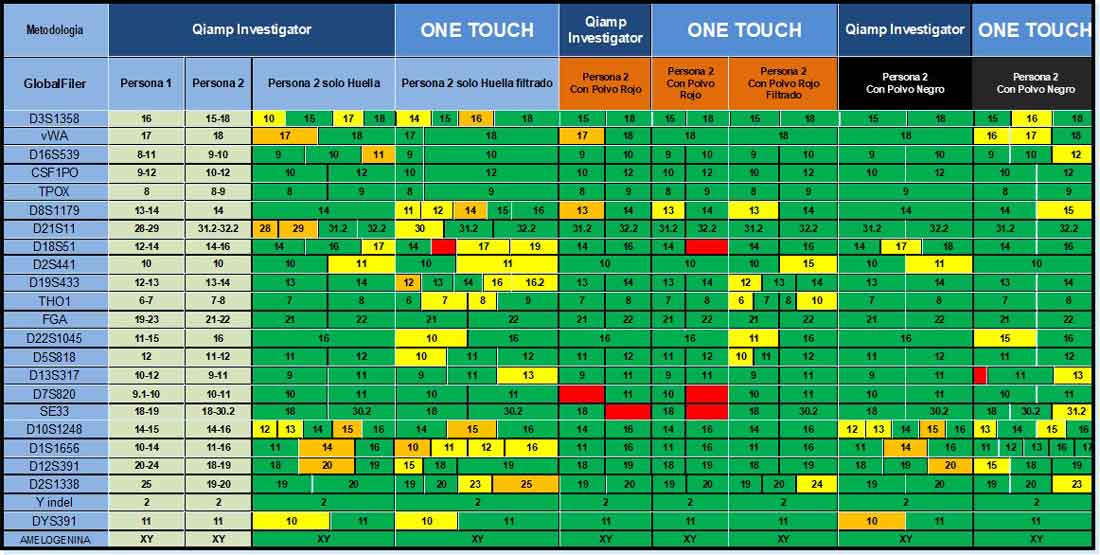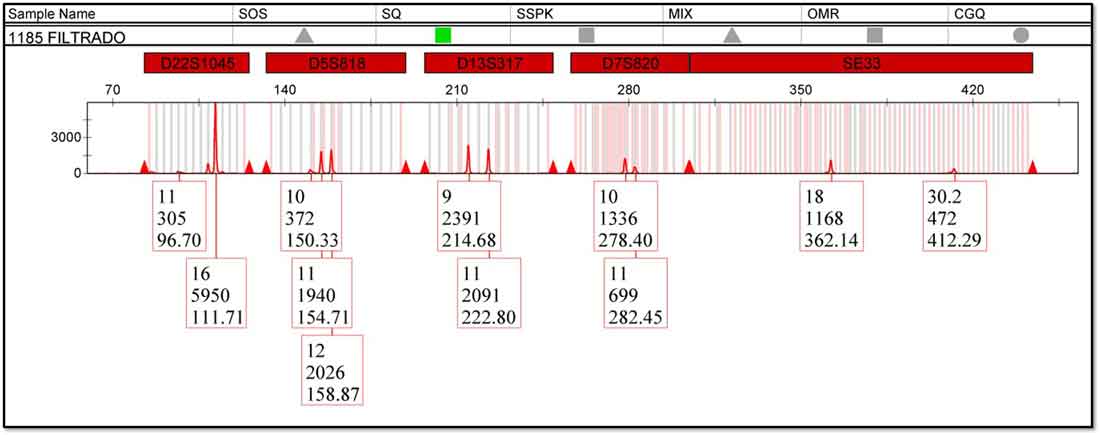
Comparative Analysis of two Methods for obtaining genetic profiles of fingerprints revealed with Magnetic Powder and Red Dust
By IFI Team | Posted on:
Wirz, L.N.; Andreotti, M.C.; Benítez, E.C.; Nicolotti, M.E
Division Identification by DNA of the Directorate of Criminalistics and Forensic Studies of the National Gendarmerie.
Summary
In complex investigations, where the evidence is insufficient to find the author of an incident, a fingerprint is usually the only available evidence. If in addition, the evidence is partial and lacks characteristic points for identification, it becomes a critical sample from which to obtain a genetic profile suitable for comparison.
Objectives
Compare extraction methodologies to be used in Touch DNA evidence after the development of fingerprints with physical powders.
Methodology
Fingerprints were deposited on slide-type glass supports and subsequently revealed with black magnetic print powder and red volcano Fingerprint Powder (SIRCHIE®). They were extracted with two methodologies:
Qiagen’s QIAamp® DNA Investigator
Independent Forensics’ One Touch” + “Amplicon Rx
Quantification: “Quantiplex”
Amplification: “Global Filer”; Secuenciador: ABI 3500; Análisis: GeneMapper IDX 2.1).
Results
All samples quantified below 0.03ng / uL of DNA. In 14% of the samples extracted with “QIAamp® DNA Investigator” and in 40% of those extracted with “One Touch” + “Amplicon Rx”, genetic profiles suitable for comparison were obtained accompanied by an increase in stochastic effects.

Table 1

Table 2

QIAMP DNA INVESTIGATOR – Profile 2 PR

ONE TOUCH SIN FILTRAR - Profile 2 PR

ONE TOUCH FILTRADO- Profile 2 PR
Conclusions
Better quality profiles were obtained from the samples extracted with “One Touch” + “Amplicon Rx” than with “QIAmp”.
There was no evidence of inhibition due to the use of these developer powders (magnetic powder and red powder).
Transference and/or cross-contamination of DNA was observed among the participants, so the use of disposable markers for physical development is recommended.
Regarding the quality and quantity of fingerprint secretion deposited, differences were detected between both participants, so that the present work will continue with a greater number of individuals.